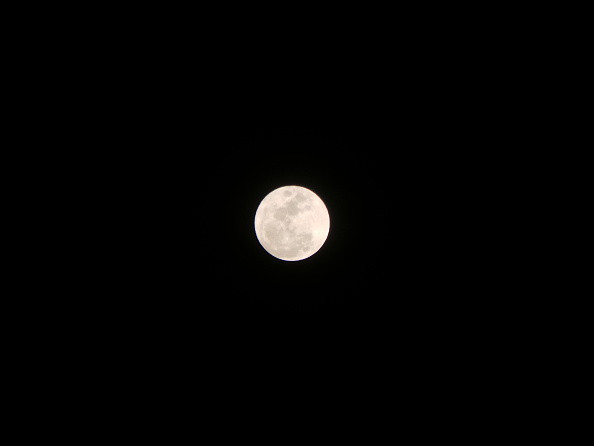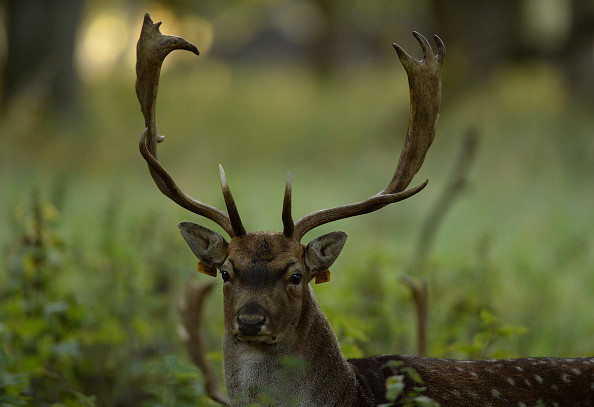Sun and moon to appear in the sky at the same time tonight
On 19 July 2016, stargazers can watch the moon ascending in the evening twilight.

As the full moon rises in the night sky on 19 July 2016, people will be able to see the sunset at almost the same time.
With the day giving way to the night, the skies are likely to be perfectly clear, providing the perfect occasion to catch sight of the moon ascending in the east in the evening twilight.
In London, July's full moon -known as the 'full buck moon' - will rise from 20:28 BST and the sun will set at 21:06 BST.
Why the full moon coincides with the sunset is a question that has intrigued generations of stargazers.
At New Moon, the Moon lies in the same direction as the Sun. But as the moon orbits around the Earth, it moves eastwards by about 12 degrees away from the Sun everyday. It thus increasingly lags behind the Sun, by about 50 minutes a day.
At Full Moon, the moon and sun end up being aligned in a straight line, with Earth in between.
The Moon is opposite to the Sun - 180 degrees away, and 12 hours behind it. This delay means the Moon rises in the East almost exactly as the Sun is setting in the West.
A 'full buck moon'
The names given to this month's full moon - the 'Buck Moon' or the 'Thunder Moon'- do not have to do with the actual astronomical phenomenon. They are due to tradition dating back to ancient tribes of ancient indigenous Americans, who gave poetic, colourful names to each full moon of the year.
These names reflected the changes happening in their natural environment. Moon cycles were followed closely by these populations to keep track of the passing of time, with every full moon marking a particular moment in time.

The Farmers' Almanac, a North American periodical published since 1818, lists all the names of the different full moons, as they were known by the Algonquin tribe who lived in regions from New England to Lake Superior.
July's full moon got its name from bucks, which begin to grow new antlers at this time of the year. The term 'Thunder Moon' meanwhile, alludes to the fact that thunderstorms are so frequent during this month.
© Copyright IBTimes 2025. All rights reserved.






















